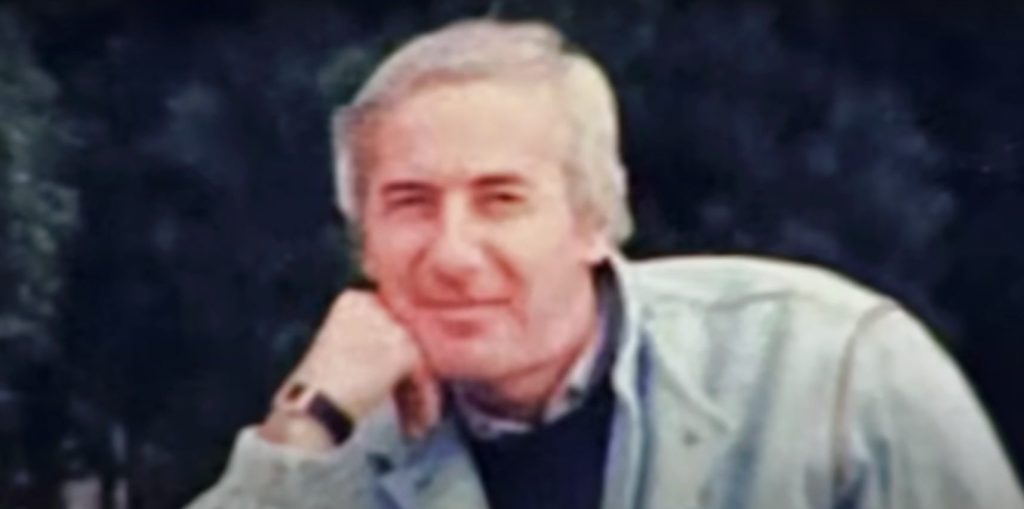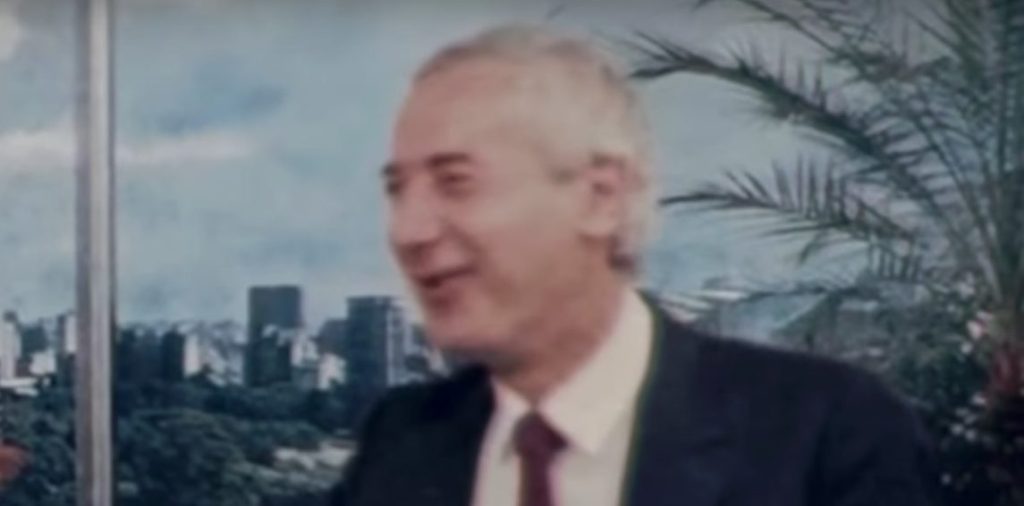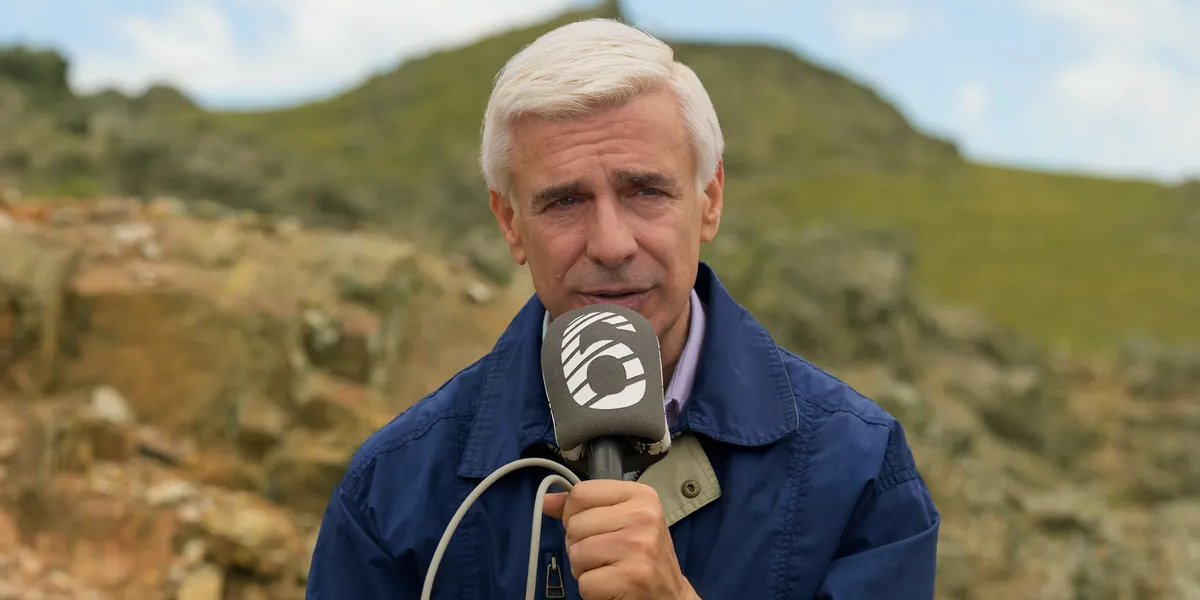In Netflix’s ‘The Man Who Loved UFOs,‘ an entertainment journalist named José de Zer finds himself with a unique opportunity after hearing reports of a UFO sighting in a rural area. Although the field evidence is sparse and limited to a burnt pasture, José uses it to his advantage by crafting a report that garners huge attention from the viewing public. The movie partially draws inspiration from José de Zer’s real-life exploits from 1986, as he etched his name into folklore by fabricating one of the biggest alien sighting stories in Argentine history. Although the narrative blurs the lines between fiction and reality, the reporter’s UFO obsession becomes a gateway into the movie’s deeper themes and crafts an intriguing narrative brimming with excitement!
José de Zer Was a Reporter Who Chased All Manner of Outlandish Cases
José de Zer was born in 1941 as José Keizer. His father was a theater lighting designer, and José himself went on to have an eclectic life that was not without its share of adventure. He survived the Six Days War in Israel as a young reserve lieutenant in 1967 and also lived through a horrifying car accident that left him with multiple fractures. Subsequently, he had a storied career in journalism, initially working for small newspapers before moving on to the magazine Gente. He also hosted a radio show known as Generación Espontánea before he transitioned into the mainstream TV business.

At the time, the media business was still an evolving sector in Argentine society, and he became a significant icon of it after joining the news program ‘Nuevediario’ in 1984. The topics covered by José ranged from bizarre, paranormal claims to solid day-to-day reporting like crime stories and show business. He even befriended celebrities like Alberto Olmedo and the governor of Buenos Aires, Eduardo Duhalde, who later became the president of Argentina. Some of his more outlandish cases include gnomes wandering around La Plata, chasing chupacabras, and a magnetic pit with the ability to pull people in, among many others. He was described as having a severe chain-smoking issue and was also said to be a “serial womanizer” by his daughter Paula.
José de Zer Pioneered a Wave of UFO Obsession in 1986
While working in Villa Carlos Paz in 1986, José de Zer came across a tabloid report about a burnt pasture near the Uritorco mountains in Córdoba, a news story that would later become the site of one of the most famous episodes in his career. Although covering outrageous cases was not unfamiliar to José, his star took on a different level after he fabricated a report about a UFO landing site using the burnt pasture as his starting point. Even with no strong evidence, José managed to produce rolling footage of UFO hauntings by presenting eerie findings like burnt insects, strange lights in the sky, and hieroglyphs in caves.

It led to massive viewership numbers for ‘Nuevediario,’ even if years later, the findings in the report were found to be entirely false. José had doctored most of them, actively planting the insects and the hieroglyphics, which he had also painted. Additionally, the lights were revealed to be cigarettes and flashlights pointed at the right angle by people. Thus, what began as a major affirmation of alien existence quickly devolved into a manipulation of the truth. However, the temperature surrounding fake news at the time was less vitriolic than it might be perceived today. Most shrugged off the paranormal claims made by José as something that was mildly entertaining.
José de Zer Continued His Journalistic Work Before Passing Away in 1997
Following his success with the UFO sighting story, José de Zer stayed in touch with his journalistic work, often alternating between his more conspiratorial stories and grounded daily events. In 1989, he provided coverage of the attack on the La Tablada military compound after a guerilla warfare group tried to capture an army base in the Bueno Aires province. He also interviewed Carlos Monzón, the boxing champion who was imprisoned for the murder of his wife Alicia Muñiz in 1988. He left ‘Nuevediario’ in 1994, just as the rest of the Argentine TV news aesthetic started adopting the chaotic and found footage style narration popularized by him during his long career. On April 2, 1997, José passed away at the age of 56. The reporter had Parkinson’s disease and Esophageal cancer.
Read More: Is Netflix’s The Man Who Loved UFOs Based on a True Story?


You must be logged in to post a comment.